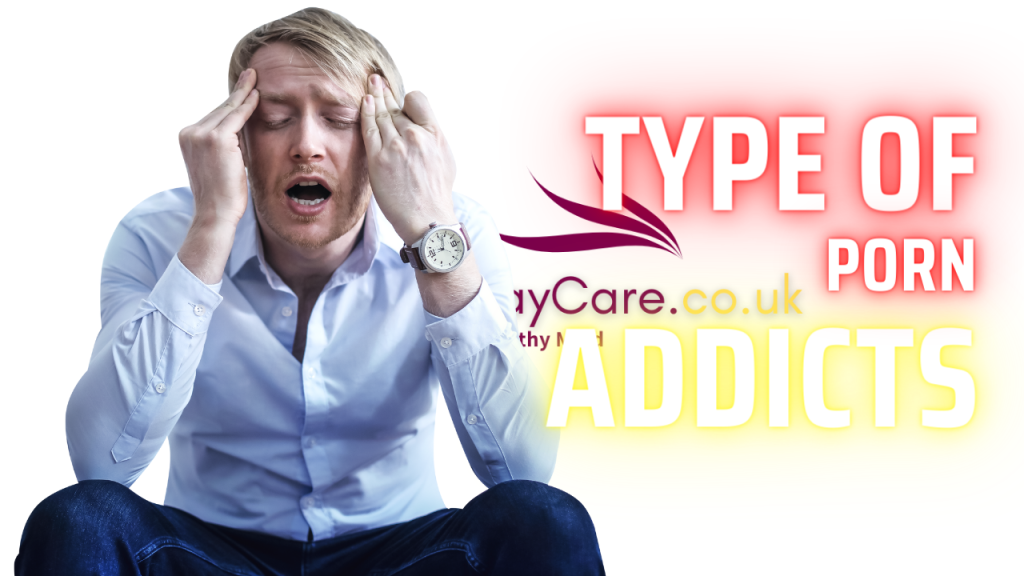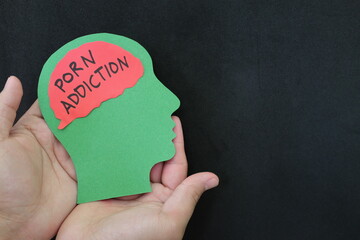
Porn addiction is widely recognized as a form of hypersexual disorder, reflecting a pattern of sexual thoughts, urges, or behaviors that are persistent and escalate over time, despite potential negative consequences. While it is not officially classified as an addiction in the DSM-5, the manual used by mental health professionals to diagnose mental disorders, the term is commonly used by the public and some healthcare providers. Affected individuals may find themselves using pornography excessively, losing substantial amounts of time to viewing it, and experiencing distress or impairment in their daily lives.
Different types of porn addiction vary in severity and manifestation but share common traits. Some individuals may use pornography to cope with emotional distress, while others may find their compulsive behavior driven by an incessant search for new or more stimulating material. Recognizing and understanding the complexity of this condition is crucial for both those who suffer from it and for professionals supporting their journey toward regaining control.
Key Takeaways
- Porn addiction aligns closely with hypersexual disorder behaviors but is not formally recognized in DSM-5.
- Individuals may experience significant distress or impairment in functioning due to excessive porn use.
- Treatment strategies are available and focus on managing the compulsive behavior and its underlying causes.
Defining Porn Addiction

Porn addiction, also known as compulsive sexual behavior or problematic pornography use, is recognized by a persistent and escalating pattern of pornography consumption despite negative repercussions. This behavioral addiction is often characterized by an individual’s intense preoccupation with pornographic material, leading to a compulsion that dominates their thoughts and actions.
Symptoms may include:
- Continued use of pornography, even when it causes significant distress or interferes with daily life
- Repeated unsuccessful efforts to control or reduce pornography use
- Experiencing withdrawal symptoms when attempting to stop use
Unlike physical dependence associated with substance abuse, porn addiction falls under the umbrella of mental health disorders, with a focus on psychological dependence. The implications of such an addiction encompass a range of mental and emotional health concerns, and may lead to sexual dysfunction or impact interpersonal relationships.
Experts describe problematic pornography use as behavior which is not only excessive but also associated with negative outcomes like anxiety or depression[Link]. It is distinct from casual or moderate use that does not have harmful consequences.
Treatment and recognition:
- There is no formal classification in the Diagnostic and Statistical Manual of Mental Disorders (DSM-5).
- Therapeutic interventions often resemble those used for other mental disorders, focused on behavioral modification.
As a complex hypersexual disorder, it’s crucial to approach porn addiction with a nuanced understanding and compassion, recognizing the challenges that individuals face in seeking help and overcoming their compulsions.
Type of Porn Addicts
In exploring the landscape of pornography addiction, it becomes evident that individuals may fall into distinct categories based on their behaviors and underlying motivations.
Brain Buzz Addicts often seek the high from the chemical rush in the brain, much like the response from addictive substances. They are driven by the dopamine release associated with viewing pornography, which reinforces the cycle of addiction.
Brain Balancer Addicts might use pornography as a self-medication tool, attempting to counterbalance negative feelings such as depression or anxiety. The temporary relief through pornography is sought as a balm for their underlying mental health issues.
- Escape Addicts primarily use pornographic material to retreat from stress, relationship problems, or everyday pressures. The virtual escape provides a temporary hiatus from real-life challenges.
- Re-enactment Addicts may have a history of physical or sexual abuse and are drawn to re-enacting scenarios, consciously or unconsciously. This category often ties to complex psychological conditions and unresolved trauma.
- Avoidance Addicts tend to use pornography as a means to sidestep intimacy or relationship issues. They avoid the vulnerability required in a real-world connection by retreating into pornography.
Risk factors for these types of addiction are wide-ranging but can include exposure to pornography at a young age, lack of healthy coping mechanisms, and certain personality traits. A comprehensive understanding and categorization can pave the way for targeted interventions and treatment plans.
Note – If You have any question, please Contact Us






